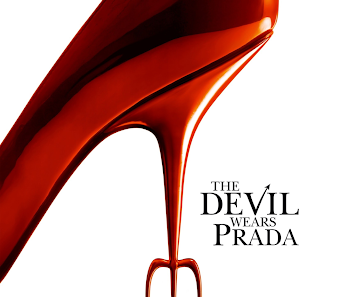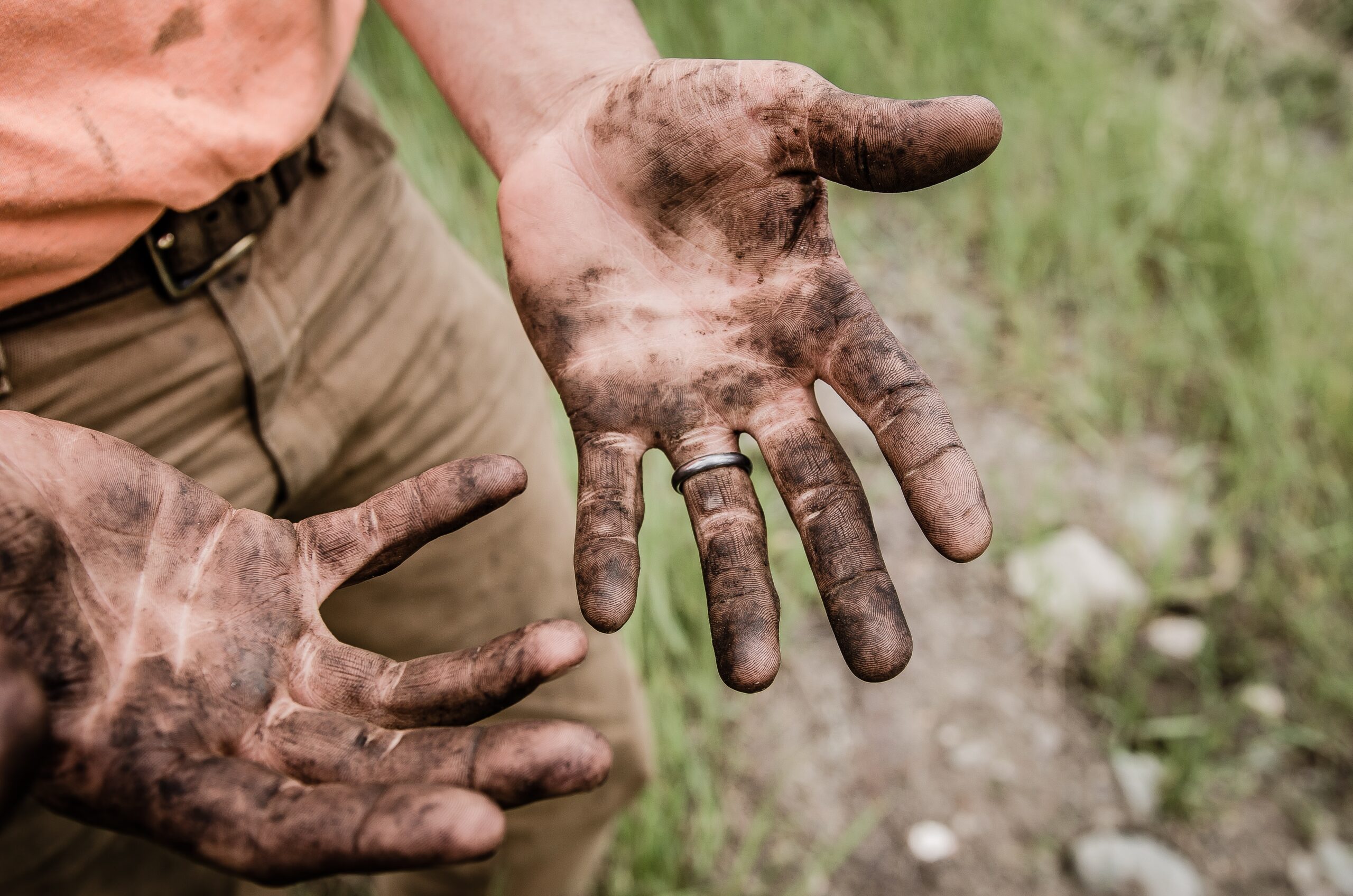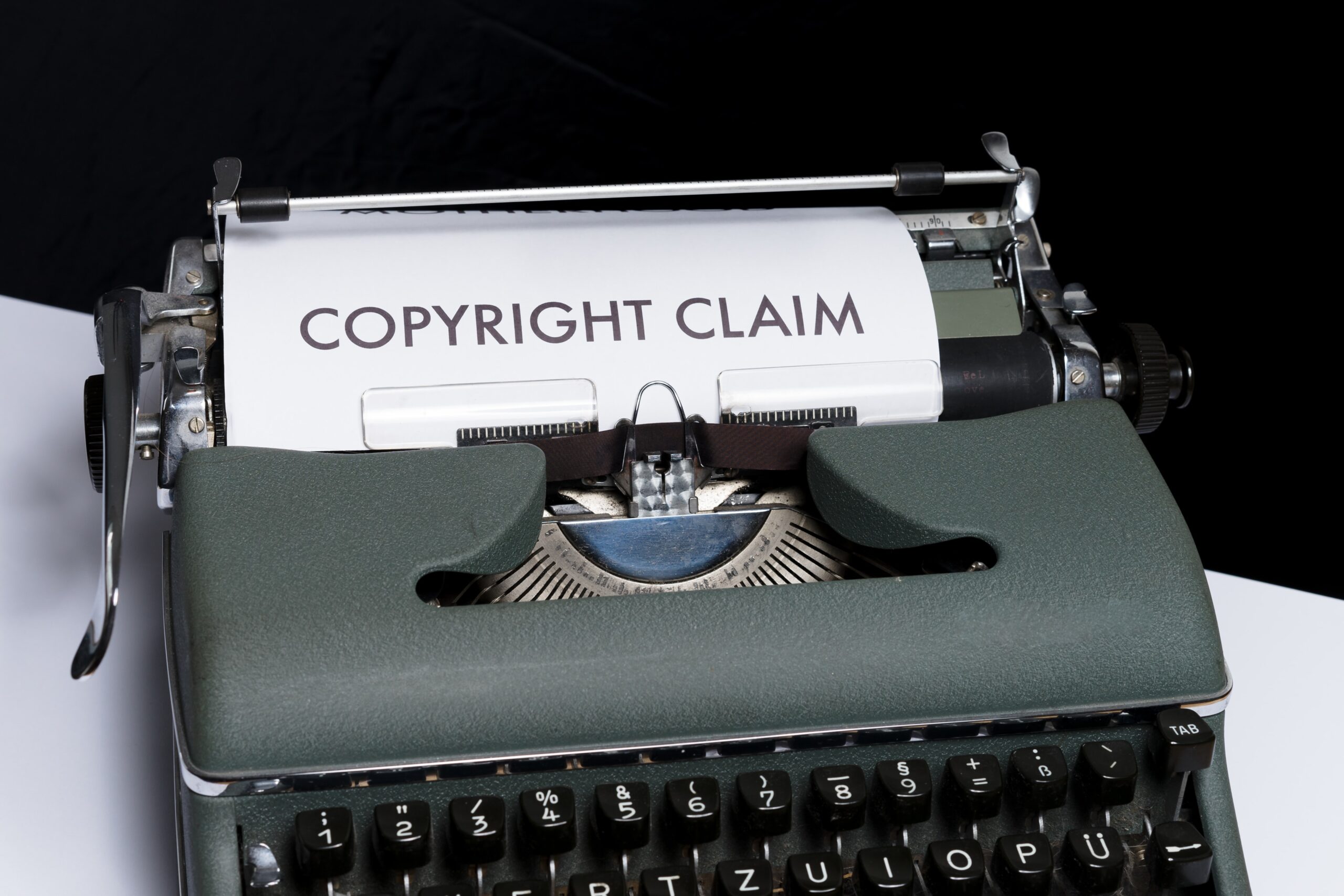Off-late ethical fashion has been quite the buzzword, even more so after the advent of the pandemic. Advocates like Lucy Siegle have made their voice been heard, loud and clear that “fast fashion is not free and someone, somewhere is paying” (Stanton, 2021). However, lines of morality tend to get blurred when we have to listen to our conscience on one hand and control the urge to lay our hands on the latest spring/summer collection, on the other.
Most of the world’s most famous brands, from Shein and H&M to Levi’s and Zara, all have faced accusations of profiting from the forced labor. It is in-fact hard to pin down a brand that has not had charges levelled against it. In today’s day and age of globalisation, international apparel brands have grown increasingly used to benefiting from oppressive worker conditions that exist in countries like China, India, Myanmar and Bangladesh among various others. What all these places share in common is cheap cost of production, which in turn reflects incredibly alarming working conditions.
The supply chains that exist in such businesses are ‘long and opaque’, with violations happening at different stages of the clothing item’s journey from field to shelf-starting from cotton mills to the weaving, dyeing and finishing stage(Goodman, Wang and Paton, 2021).
A major reason why the fashion industry is not able to tackle the issue of labour abuses and exploitation in a proper manner, is because it is very hard to pin-point breaches in the first place. The field of fashion is an industry of industries.
It is “very closely connected to agriculture for the production of raw materials such as cotton, to the chemical industry for dyes and to the garment-manufacturing industry in a vast array of developed and developing nations. A garment could have been through five different countries, all with different legislation and definitions of modern slavery, before it ends up on the shop floor” (Goodman, Wang and Paton, 2021)
With this level of complexity, it should not come as a surprise that there end up existing a slew of issues.
Another reason is the fact that it is an incredibly difficult task to streamline and form a unified approach across different organisations and regulating bodies that exist across the planet. Each country tends to have its own specific code of conduct and legislation(the same being non-existent in many) and ensuring compliance with all of them(especially countries whose GDP thrives on the profits accrued from sweatshop-like working conditions) is a herculean undertaking, which these Multi-National Brands are not happy to take up in the first place. All it does, is increase their load and their share of responsibility while cutting down their profit margins at the same time.
Strict enforcement of laws around modern slavery is, without an iota of doubt, the prime reason why these violations happen in the first place; why modern slavery is able to exist even in the 21st century…
From lack of policing to a lackadaisical approach adopted by regulatory bodies in general (assuming, there exist these organisations), there are a number of factors why laws, even if they happen to exist in specific regions, fail to have the desired effect of curbing modern slavery.
An NGO called Anti-Slavery International, provides the following definition- It is “the severe exploitation of other people for personal or commercial gain”. Furthermore, the International Labour Organization and the Walk Free Foundation (WFF) claim that approximately “40 million modern slaves” exist globally today out of which, 71% are girls and women while one-fourth are children(Breen, 2020).
A host of reasons like sharp increase in poverty, access to beneficiary schemes being limited coupled with the pressure on companies and other organisations to win contracts from global MNCs at the lowest price possible, has created such circumstances wherein those belonging to the financially weaker sections of society, mostly female and migrants, end up experiencing violation of the most basic of rights(Breen, 2020).
Talking about India, pretty most of our go-to brands in a typical market space or arcade have had allegations levelled against them. Modern slavery has been found to exist in the Indian garment sector with female migrants being exploited in garment factories that supply to some of the world’s biggest international fashion brands from Benetton and Gap Inc to Levi Strauss.
The International Labour Organization (ILO) lists out eleven indicators for forced labour, out of which five were found to exist in the Bangalore city’s garment industry. The factors being as follows:
“Abuse of vulnerability; deception as a result of false promises (wages etc); restriction of movement in the hostel; intimidation and threats; and abusive working and living conditions”(Russell, 2018).
It is important to note herein, that the effects of these aspects are felt much more strongly by migrant workers as compared to local employees. They find themselves to be doubly disadvantaged due to the interplay of other socio-economic factors as well, but all ultimately stemming from their position of vulnerability.
The only way that such blatant violations can be dealt with, is if the companies who are effecting the same, take cognisance of the infringement of their workers’ rights, followed by concrete commitments to remedy the situation.
One can hope that apart from simply making public statements and issuing apologies claiming to ‘look into the matter’, brands start owning up to their predatory behaviour and doing the needful. It is high time! The glamour and prestige in the trendiest of clothing amounts to nothing, if what it ultimately feeds is hunger and unhappiness.
CASE STUDIES
Boohoo
Dingy sweatshops with garment workers toiling in hazardous conditions should be limited to a page out of history textbooks. Sadly, the same situation continues to persist even in today’s times in the fashion industry. As glamorous as it may appear on the face of it, the world of fast fashion in reality is nothing but brutal when we look at the horrific conditions the workers employed in these factories have to endure(Sutherland, 2020). Coupled with the problem of unfair wages, it is nothing but modern day exploitation that workers across textile factories are subjected to.
The Boohoo Group, owner of some of the hottest brands in the world, such as, Karen Millen, Oasis and PrettyLittleThing among others, has in particular been slammed with a slew of charges. The Sunday Times undertook an undercover investigation as per which, the production factories coming under its aegis did not abide by the Covid-19 social distancing protocol. They apparently also forced workers to come to work even if they showed symptoms and paid them salaries as meagre as 3.5GBP/per hour(Sutherland, 2020).
This revelation ultimately led to temporary delisting of all brands owned by Boohoo, by partners like Next and Asos. As a consequence, the Boohoo group has launched “an immediate and independent” review of its supply chains across the UK as well as taken the pledge to spend 10 Million GBP in order to wipe out malpractice (Sutherland, 2020).
Shein
The brand Shein, tops charts across the world as one of the most downloaded shopping apps. It even beat Amazon’s record in May this year. Loved across the world, Shein, finding most of its consumer base in young girls and millennial women, has been facing flak off late for not making “full public disclosures about working conditions in its supply chains”, which is a legal requirement in the United Kingdom(Shein is Falling Short of Modern Slavery Reporting Rules, According to New Report | The Fashion Law, 2021).
What is worse is the fact that the company falsely states on its website that the conditions its factories house, “have been certified by international labor standards bodies”, as per Reuters’ findings. In fact, “Shein has a “social responsibility” page which claims that it never, ever engages in child or forced labor”, but at the same time does not give out information about its supply chains, that is required as per the country’s Modern Slavery Act of 2015. In the context of blatant violations on the part of Shein, the proverb that comes to mind is,-actions speak louder than words! (Waldersee, 2021)
References:
Breen, K., 2020. CLEANING UP FAST FASHION. RSA Journal, [online] 166(2), p.34. Available at: <https://www.jstor.org/stable/10.2307/27008580> [Accessed 30 August 2021].
Goodman, P., Wang, V. and Paton, E., 2021. Global Brands Find It Hard to Untangle Themselves From Xinjiang Cotton. [online] Nytimes.com. Available at: <https://www.nytimes.com/2021/04/06/business/xinjiang-china-cotton-brands.html> [Accessed 30 August 2021].
Russell, M., 2018. Modern slavery uncovered in India’s garment sector – Just Style. [online] Just Style. Available at: <https://www.just-style.com/news/modern-slavery-uncovered-in-indias-garment-sector> [Accessed 30 August 2021].
Stanton, A., 2021. What Is Fast Fashion, Anyway?. [online] The Good Trade. Available at: <https://www.thegoodtrade.com/features/what-is-fast-fashion> [Accessed 30 August 2021].
Sutherland, E., 2021. Analysis: Why can’t fashion wash out the dark stain of modern slavery?. [online] Drapers. Available at: <https://www.drapersonline.com/insight/analysis/analysis-why-cant-fashion-wash-out-the-dark-stain-of-modern-slavery> [Accessed 30 August 2021].
The Fashion Law. 2021. Shein is Falling Short of Modern Slavery Reporting Rules, According to New Report | The Fashion Law. [online] Available at: <https://www.thefashionlaw.com/shein-is-falling-short-of-modern-slavery-reporting-rules-according-to-new-report/> [Accessed 7 September 2021].
Waldersee, V., 2021. EXCLUSIVE Chinese retailer Shein lacks disclosures, made false statements about factories. [online] Reuters. Available at: <https://www.reuters.com/business/retail-consumer/exclusive-chinese-retailer-shein-lacks-disclosures-made-false-statements-about-2021-08-06/> [Accessed 7 September 2021].
















